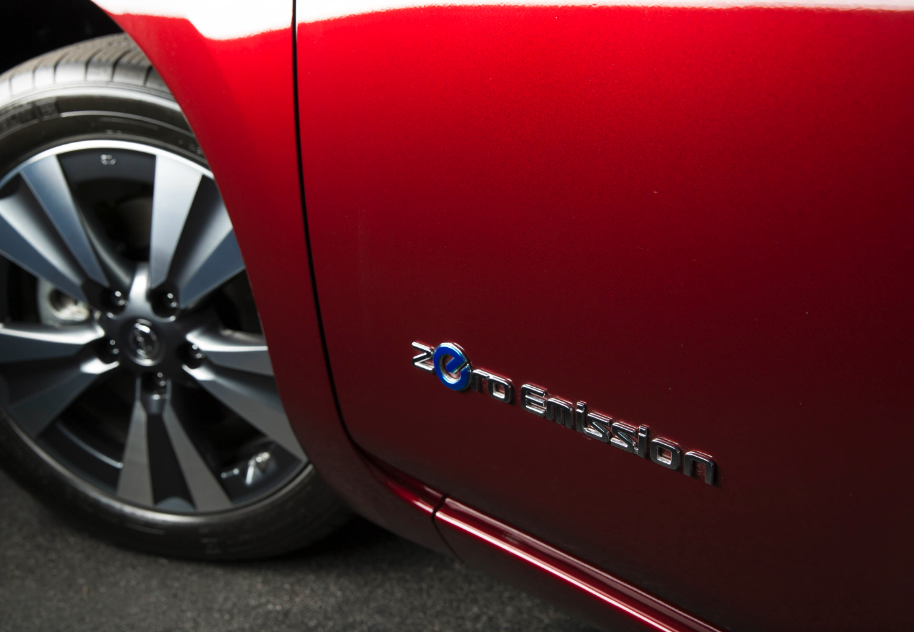Alternates to Clean Car
/Is a cash-back money-go-round the best way to incentivise electric vehicle uptake?
THE Clean Car rebate has impacted noticeably on the uptake of lower-emission vehicles in New Zealand, but is it the best way?
At the same time the Government added an emissions tax on new petrol vehicles, it removed some of the excise tax on petrol at the pump. I argue this both incentivised and disincentivised petrol use at the same time.
Here are some suggestions that could have gone alongside, or instead of the rebates.
FBT Exemption on EVs
Despite the idea being floated for many years, no NZ Government has touched Fringe Benefit Tax rules when it comes to EVs.
Exempting an EV from the tax could have encouraged rapid uptake among corporate fleets. This would have established a significant second-hard market as fleet vehicles were sold off.
Right now, if a business purchased a new Hyundai Kona Electric for around $80,000, it could claim a rebate of $8625. However, the business might still be paying about $7500 per year in FBT when accounting for daily private use (rough calculation).
Even considering the low running costs of electric energy, this is not much of an incentive.
Rather than a one-off rebate, a tweak to the tax system makes an EV purchase far more attractive.
Australia is doing such a thing. The Electric Car Discount Bill will exempt all vehicles (under $84,000) with a plug (BEVs and PHEVs) from paying FBT.
The scheme is in the process of being passed into law.
Subsidise Rooftop Solar
Rooftop solar increases clean energy supply and can mitigate the growing demand on the national grid.
Once homeowners install solar, an electric car becomes an obvious fit.
With all the generation during the day, having a battery also seems like a good idea. However, home storage batteries can be prohibitively expensive. An EV – a ‘battery on wheels’ makes a lot of sense.
Excess solar power is diverted to the car battery if the car is home during the day. Businesses can charge company cars while parked at work.
In the past, we have subsidised heat pumps and insulation, reducing household energy requirements. Rooftop solar would accomplish the same thing and, make an EV a desirable purchase. A car running on solar power costs nothing to run.
Incentivise scrapping of older vehicles
The downside of people buying fewer new vehicles is that they hold onto their older vehicles for longer. With the high initial cost of battery EVs and plug-in hybrids it appears that this is already the case (transport emissions increased by two percent in the March, 2022. quarter).
What if there was a rebate off the purchase of the purchase of a new EV in exchange for scrapping an old vehicle?
It would create an interesting an interesting marketplace: Buy someone’s clunker for $500 so you can cash it in for a $4000 rebate. Either way it’s one less polluting vehicle on the road, and one cleaner vehicle on the road (that you would buy anyway).
The Government suggested scheme appears to be means-tested (must earn less than median income). I says that’s odd. An old polluting vehicle is an old polluting vehicle, no matter how much its owner earns.
Support Conversion of internal combustion vehicles to electric
The NZ Emissions Reduction Plan targets 30 percent of the light vehicle fleet to be zero-emissions by 2035. This ambitious plan would mean scrapping 1.5m combustion vehicles and importing 1.5m BEVs… in just 13 years.
The average age of our vehicle fleet is more than 14 years. It’s clear we will not meet the targets.
It doesn’t make economic sense to convert a 2003 Toyota Corolla to run on battery. However, there is a substantial use case for converting other vehicles.
High-emitting vehicles – such as diesel buses or even older classic cars could benefit from a new industry that can retrofit electric powertrains and batteries.
Investment in smart charging solutions
As the number of EVs increases, demand on the grid will increase. While numerous new power generation projects are in the pipeline, EV charging can be a part of the solution to improving grid resiliency.
This needs to happen now. A subsidy or incentive could allow smart charging technology (such as NZ-based EVNEX) to be provided alongside a new EV purchase.
Deferring all EV charging to low-demand off-peak times will help flatten the electricity demand curve. It also means much of this electricity will come from renewable sources rather than coal generation (used during peak times).
In addition, as Vehicle-to-Grid (V2G) technology evolves, the car can not only meet the owner's transportation needs but can supply power back into the home during peak demand. Combined with home solar generation, an EV can help buffer grid demand.
Supplying new EV owners with a three-pin plug that they plug in at 5pm is not the answer.
How long will the rebates last?
The Clean Car rebates have had a significant impact on the NZ vehicle market.
They have influenced manufacturers' pricing decisions (selling a model variant under the $80k threshold). The scheme may even have encouraged some manufacturers to begin selling certain models.
The cash rebate may have encouraged consumers to buy an EV sooner rather than later.
What’s not so clear is whether the consumer has chosen an EV over a high-emitting alternative. Inconsistent EV supply also makes the market hard to read.
Rebates cannot last forever. The EV market ultimately needs to stand on its own. EV owners will inevitably need to contribute to Road User Charges (currently deferred to 2024).
And, like it or not, with 4.4 million petrol and diesel vehicles already on the road, a comprehensive ‘polluter pays’ policy is required for incoming combustion vehicles.
James Foster is host of EV analytics site EVDB.nz.


















